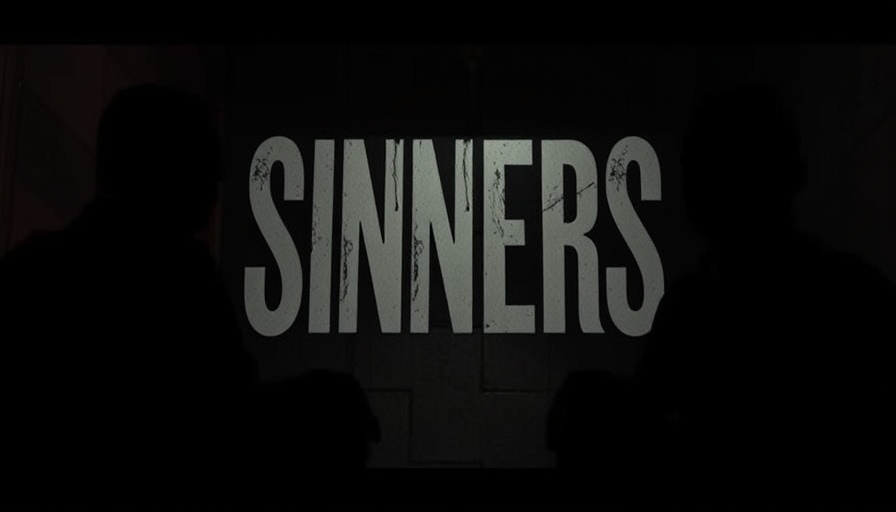
The Cultural Significance of Horror in Black Storytelling
As we delve into Ryan Coogler's 'Sinners', it becomes clear that horror is not merely a genre but a powerful vehicle for exploring the Black experience. Through supernatural elements, the film confronts the real-life terrors faced by Black Americans, particularly during the oppressive era of Jim Crow. This layered approach resonates particularly with audiences familiar with the complexities of racial history, allowing them to connect emotionally with both the fantasy and the reality it reflects.
Understanding the Historical Context: The Great Migration's Impact
The backdrop of 'Sinners' is the Great Migration, a time when millions of Black Americans moved from the rural South to urban centers in search of opportunity and liberation from segregation. Coogler captures this transformative phase, highlighting how it shaped not only individual lives but also communities. By weaving in the context of this migration, audiences gain insight into the endurance and resilience of a culture forged amidst adversity.
The Role of Music: A Path to Freedom
Music plays a pivotal role in the film, reflecting how creativity emerged as a form of resistance and joy for Black communities. The protagonist, Sammie, dreams of performing blues music—a genre born from sorrow and struggle. This musical journey is symbolic; it showcases how art can foster a sense of belonging and provide a means of expression against societal constraints. The transition from church hymns to the blues illustrates a broader cultural shift towards self-identity and autonomy.
Microcosm of the Black Experience
'Sinners' serves as a microcosm, showcasing the dire realities and triumphs within Black communities. The film highlights that even amidst horror, there exists a space for communal joy and resilience. Through the story of Sammie and his cousins, Coogler crafts a narrative that emphasizes the importance of family and tradition while challenging racial barriers. This duality mirrors the lived experiences of many who navigate similar paths filled with both love and struggle.
Real-Life Horrors Reflected in Fiction
The vampires in 'Sinners' are not just a supernatural menace; they symbolize the very real horrors of racial violence and oppression. Their targeting of the Black community is a chilling reminder of the systemic racism that has pervaded American history. This clever juxtaposition invites audiences to reflect on the social constructs that continue to alienate marginalized groups today.
Encouraging Future Dialogues on Race
Coogler's film opens the floor for discussions on race, historical trauma, and creative expression. By confronting these issues within a genre framework, 'Sinners' cultivates an engaging platform for both entertainment and education. It challenges viewers to approach horror and tragedy not just with fear, but with a deeper understanding of its implications.
Incorporating Diverse Perspectives
It's crucial to acknowledge diverse voices within any cultural conversation. As audiences engage with 'Sinners', they are reminded that different experiences within the Black community exist. By fostering inclusivity in storytelling, Coogler ensures that all narratives are honored—cultivating a richer understanding of America's complex history.
Final Thoughts: Embracing the Complexity of Experience
Ultimately, 'Sinners' is more than a horror film; it is a tapestry woven with threads of joy, sorrow, history, and liberation. By engaging viewers with its multifaceted portrayal of the Black experience, it calls for reflection and conversation, urging us all to embrace both the haunting and uplifting elements of our shared narratives.
 Add Row
Add Row  Add
Add 




Write A Comment